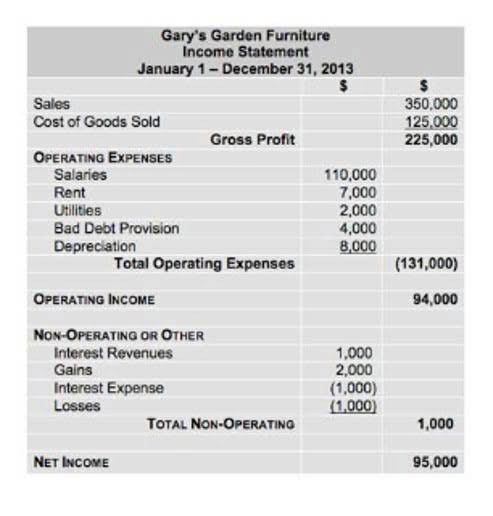Reorder points, when calculated correctly, ensure this never happens. If consumers have their hearts set on a particular product, they’re not going to give up if you’re out of stock. https://www.bookstime.com/ They’ll purchase the product you’re selling on another platform or give their business to a competitor. Consistently running out of stock is certainly not a desirable way to engender customer trust. Demands are not fixed, it’s volatile; You need to calculate demands based on trends.
How does the reorder point formula work?
Inventory is a crucial part of any business and the reorder point is an important part of managing that inventory. The reorder point is the point at which a business needs to reorder inventory to keep up with customer demand. In presence of a strategic customer, who responds optimally to discount schedule, the design of optimal quantity discount scheme by the supplier is complex and has to be done carefully. This is particularly so when the demand at the customer is itself uncertain. An interesting effect called the “reverse bullwhip” takes place where an increase in consumer demand uncertainty actually reduces order quantity uncertainty at the supplier.
Just-in-Time Inventory Systems
A retailer would measure the average number of units sold, while a manufacturer would calculate the average number of components used per day. First you want to determine your demand during lead time by multiplying your daily sales by the lead time. Having visibility into your inventory and set reorder points helps you know which one of these would not be a factor in determining the reorder point? when to replenish inventory to prevent stockouts before it’s too late. Using an inventory management system can provide a holistic view of your inventory and keep track of reorder points for your SKUs. If you’re a spreadsheet user, you can use conditional formatting for the quantity value of specific cells.
- Reorder points provide businesses with greater financial flexibility by allowing them to keep a minimum amount of inventory on hand without running out of product.
- Over those three months (or 92 days), an average of 1.5 units were sold daily.
- This illustrates that the economic order quantity is always in the best interests of the firm.
- The first is the lead time, safety stock, which is the extra inventory a business keeps on hand in case of spikes in demand or unexpected delays in receiving new inventory.
- The reorder point is the point at which a business needs to reorder inventory to keep up with customer demand.
- Reorder point is the inventory level at which a company orders more goods.
Quantity discount model
Maintaining reorder point ensures that there is perfect amount of inventory on hand to meet customer demand, while also avoiding the costly consequences of stock outs. Another component of the reorder point formula you’ll need is the average delivery lead time. You should have a couple of purchase orders handy to check the numbers. Delivery times can vary based on your order quantity (larger orders could take longer to ship). When you place the order, it also affects the lead time (compare orders during a busy and slow season). There are different ways to calculate this, but a three-month average is a good start.
- It also factors in goods in transit (GIT), which are products that have been ordered from a vendor but haven’t been received yet.
- Putting these three factors together will give a reorder point for an item using the reorder point formula.
- On the hand, too much stock can tie up capital, while too little can lead to disruptions in the supply chain.
- If the purchasing process and supplier fulfillment work as planned, the reorder point should result in the replenishment inventory arriving just as the last of the on-hand inventory is used up.
- IMS platforms like SkuVault Core will adjust your reorder points automatically based on these factors.
Get started with ShipBob
By using the most optimal reorder levels, businesses can keep storage and warehousing costs low to protect profits. Maintaining proper inventory levels is an elegant dance that must balance consumer demand and supplier reliability. Storing too much inventory eats up your budget in terms of warehousing costs and available capital, but you also need enough inventory to account for unexpected demand or supply problems. When the quantity on hand for Ghost glasses hits 38, Archon Optical knows to place a purchase https://www.facebook.com/BooksTimeInc/ order for more. Because they’ve built an average delivery lead time into the reorder point, the extra Ghost glasses should arrive before Archon dips into their safety stock. When you calculate a product reorder point, you’ll need to account for safety stock.






Leave A Comment